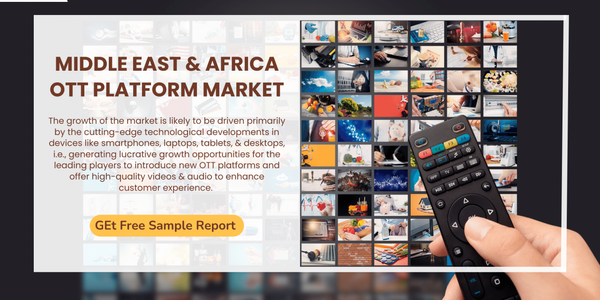In today's digital era, the way we consume television has dramatically shifted from traditional linear broadcasting to streaming content on-demand through Over-The-Top (OTT) TV apps. This transformation is primarily fueled by the expansion of internet accessibility and the advent of smart devices. OTT platforms, like Netflix, Amazon Prime Video, and Hulu, have already changed the game, but the future promises even more innovative advancements that will further enhance user experiences. Let's delve deeper into the trends and technologies that are shaping the future of TV apps.
Artificial Intelligence (AI) for Personalized Recommendations
One of the standout features that OTT platforms have pioneered is the use of AI for personalized content recommendations. These sophisticated algorithms analyze your viewing history, preferences, and even the time you spend on certain types of content to suggest movies, TV shows, and documentaries that you're likely to enjoy. This not only enhances user experience but also increases viewer engagement.
For example, Netflix's recommendation system is famously responsible for a significant portion of the content that subscribers choose to watch. Through a combination of AI and machine learning techniques, it offers suggestions that keep subscribers glued to their screens.
High-Definition Streaming: 4K and 8K
As the availability of high-speed internet has become more widespread, OTT platforms have begun to adopt 4K and 8K streaming capabilities. This represents a leap forward in terms of visual fidelity, allowing viewers to enjoy content in resolutions four to sixteen times higher than standard HD. The detail, clarity, and color depth that 4K and 8K content provides is unparalleled, offering an immersive viewing experience that rivals that of commercial theaters.
Augmented Reality (AR) for Interactive Content
Augmented Reality (AR) is beginning to make its way into OTT platforms, transforming passive viewing into an interactive experience. AR can overlay digital information onto the physical world, and when applied to TV apps, it can offer viewers the ability to interact with the content they are watching in real-time. This could mean anything from exploring the set of a TV show in 3D to participating in live polls during a reality TV episode.
Imagine watching a cooking show where, with the help of AR glasses or your smartphone, you can bring up the recipe, ingredients list, and even step-by-step cooking instructions directly on your screen. Such integrations not only add a layer of engagement but also bridge the gap between content and viewer.
Social Viewing Platforms
The demand for shared experiences in a digitally connected world has led to the rise of social viewing platforms. These platforms allow people to watch shows and movies together while physically apart, synchronized playback, and real-time commenting or video chatting. In a time when physical gatherings may be limited, these platforms offer a way to stay connected with friends and family over shared interests.
Apps like Netflix Party (now Teleparty) and Disney+'s GroupWatch are popular examples of this trend. They have enabled viewers not just to watch content simultaneously but also to interact with each other via text or video, making the viewing experience more communal and interactive.
The Road Ahead
The future of OTT TV apps is bright and filled with possibilities. As technology continues to evolve, we'll likely see even more innovative features that will redefine how we consume our favorite shows and movies. From AI-driven content discovery to immersive AR experiences, the landscape of television is changing faster than ever before, offering audiences around the globe access to personalized, interactive, and high-definition viewing experiences. With these advancements, the once simple act of "watching TV" is becoming a more rich and engaging pastime that caters to the diverse tastes and preferences of viewers worldwide. .
Conclusion
As we look forward, the future of TV apps is poised for considerable innovation. Embracing new technologies and recognizing evolving viewer preferences will be key for content providers striving to deliver compelling, personalized, and immersive OTT experiences.
